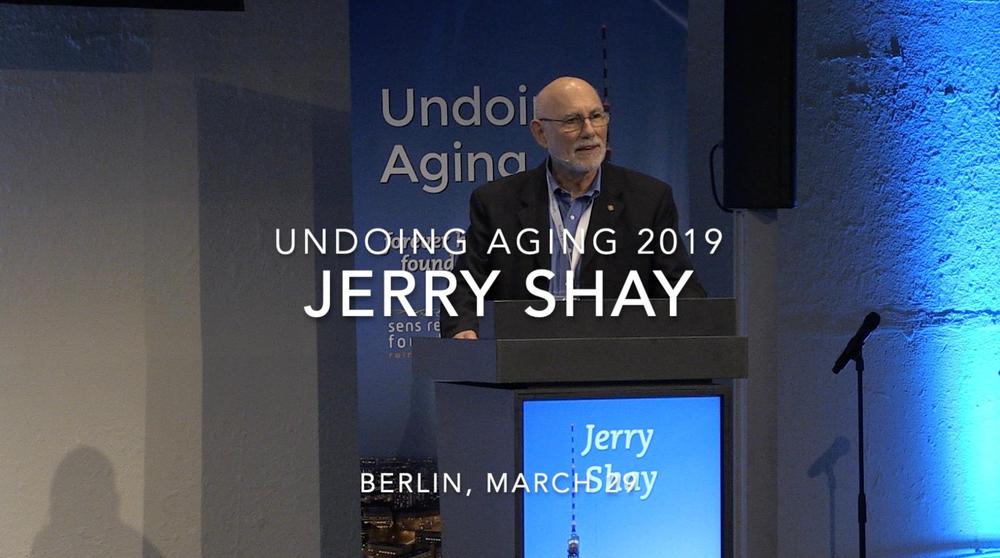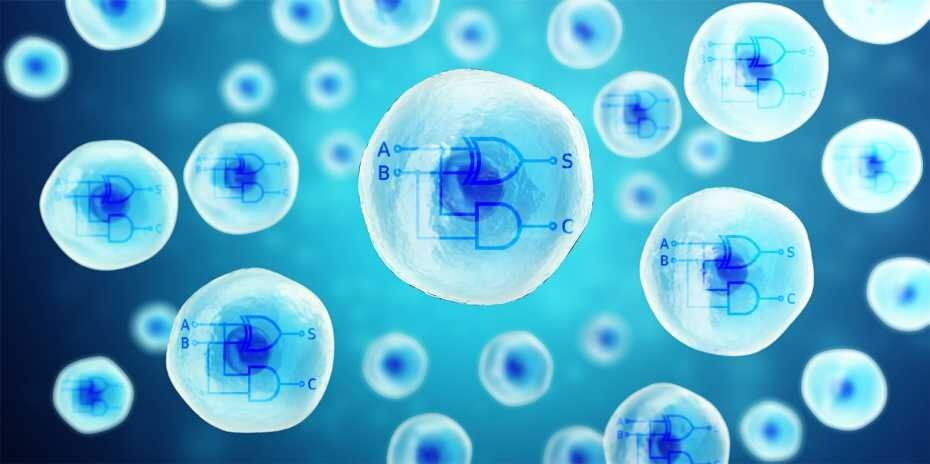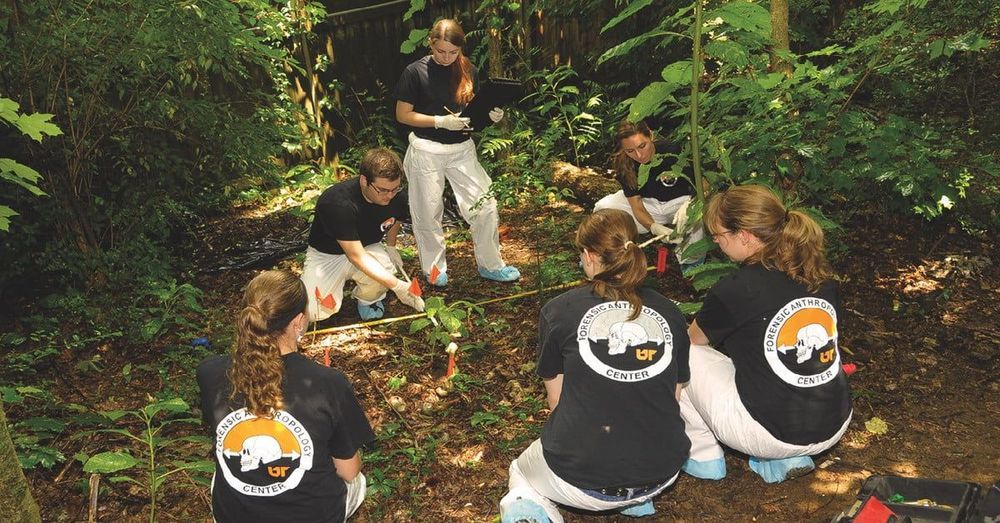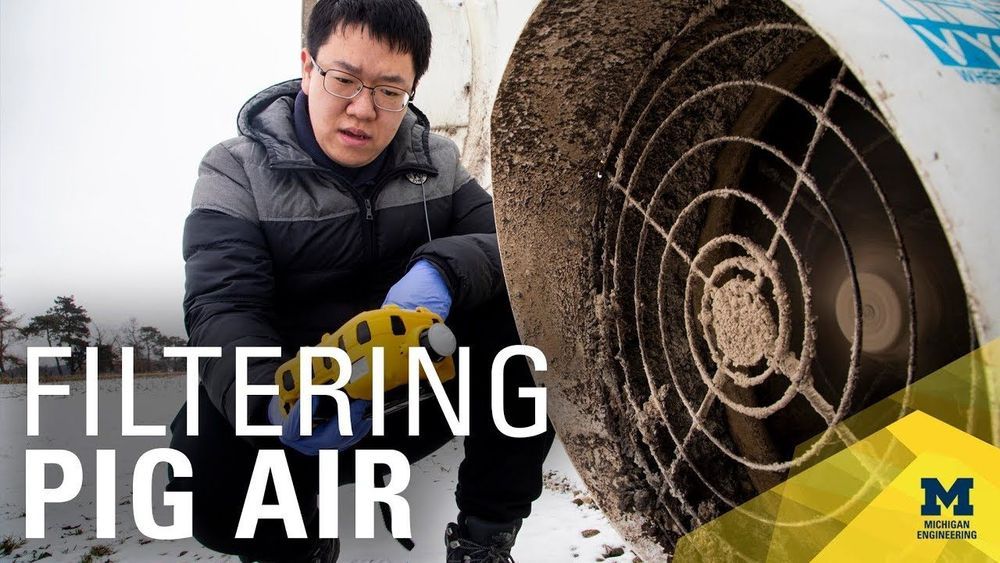Apr 17, 2019
Program: Happy to announce Prof. Julie K. Andersen at the Buck Institute for Research on Aging in Novato as a speaker for the 2019 Undoing Aging Conference
Posted by Michael Greve in categories: biotech/medical, life extension, neuroscience
“Julie has been associated with SENS since its earliest days: she participated in the first workshop that I organised to discuss it, in 2000, and she was a co-author on the first SENS paper in 2002. We’re delighted to be funding her laboratory at the Buck Institute to explore new ways of eliminating neurofibrillary tangles from neurons of Alzheimer’s sufferers, and at UA2019 we will hear about their initial progress.” says Aubrey de Grey.
https://www.undoing-aging.org/news/dr-julie-k-andersen-to-sp…Qq6fZbArkM #


















